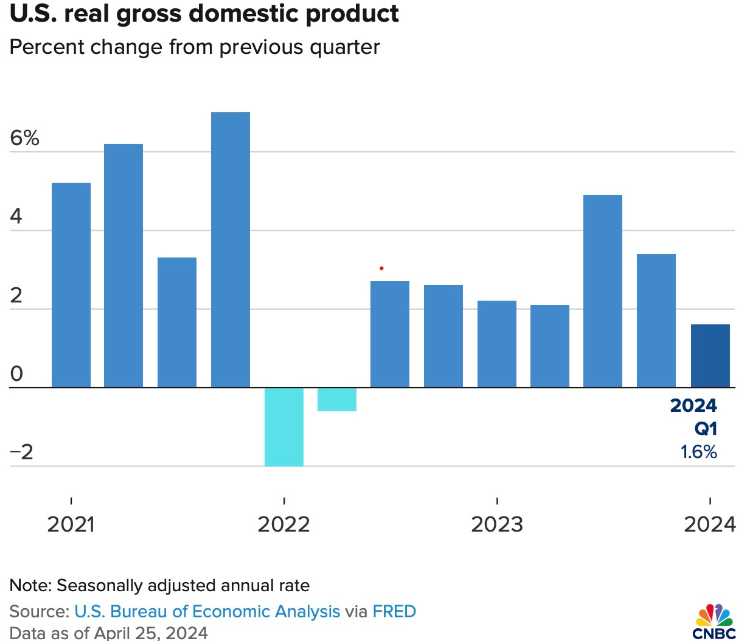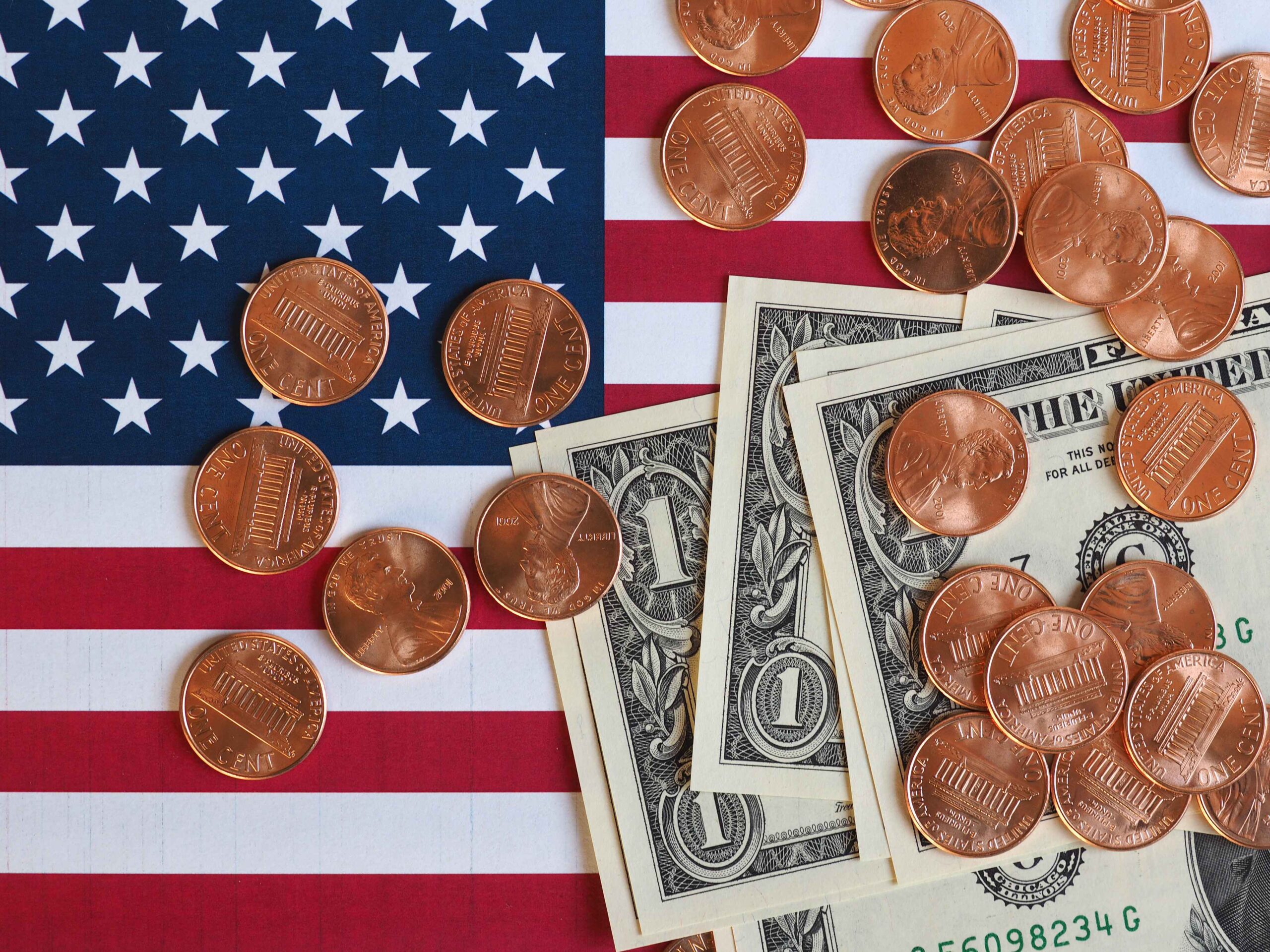Stagflation is a challenging economic condition that combines stagnation in economic growth, high inflation, and high unemployment. It presents a unique problem for economies like the US, where dynamic growth and consumer spending are typically robust. Understanding stagflation requires an analysis of its causes, effects, and potential solutions, especially as it pertains to the US economy.
The Genesis of Stagflation
Stagflation is not a common occurrence. In the US economy, it emerges when consumer spending slows while prices continue to rise. This phenomenon can cripple economic momentum. Analysts often attribute the onset of stagflation to various factors, including oil price shocks, poor economic policies, or global economic pressures that disrupt consumer spending and inflation rates.
For instance, oil price shocks can lead to higher production and transportation costs. Consequently, these costs pass on to consumers in the form of higher prices. Simultaneously, if consumers anticipate difficult economic times, they reduce their spending. Such behavior can further dampen economic growth. Thus, stagflation takes hold, challenging policymakers and economists.
Moreover, inadequate or ill-timed economic policies can exacerbate the problem. If fiscal measures fail to address the root causes of inflation, or if monetary policies are too restrictive, the economy can stall. As a result, unemployment rates may rise, compounding the economic slowdown.
Furthermore, global economic pressures, such as trade wars or geopolitical tensions, can influence stagflation. These factors may lead to uncertainty in the markets. They often disrupt supply chains, affecting both consumer prices and spending patterns.
Stagflation and Consumer Spending
Consumer spending is a crucial driver of the US economy. When stagflation hits, consumers may reduce spending due to increased prices and economic uncertainty. This reduction in spending can further slow economic growth, creating a vicious cycle that is hard to break. Therefore, maintaining consumer confidence is key during periods of stagflation.
It is essential for policymakers to implement strategies that bolster consumer confidence and spending. Tax cuts, increased government spending, or incentives for businesses can stimulate economic activity. These measures can help break the cycle of reduced spending and slow growth.
Interest Rate Impact on Stagflation
Interest rate policies can greatly influence stagflation. Central banks might raise interest rates to curb inflation, but this can also dampen economic growth and consumer spending. Throughout this article, we will explore how the interest rate impact plays a crucial role in either mitigating or exacerbating stagflation in the US economy.
Indeed, while higher interest rates might lower inflation by making borrowing more expensive, they also reduce investment. Less investment can lead to fewer jobs and lower consumer spending. Thus, central banks face a delicate balance. They must carefully consider the timing and magnitude of interest rate changes to avoid deepening the stagflation.
Overall, the interplay of consumer spending, interest rate policies, and external economic pressures shapes the landscape of stagflation. By understanding these dynamics, policymakers can better navigate the challenges posed by this complex economic condition.

Strategies to Combat Stagflation
Effective strategies are necessary to tackle stagflation. Policymakers must balance between stimulating growth and controlling inflation. This balance is delicate and requires precise economic maneuvers to ensure that the US economy remains stable.
Fiscal and Monetary Policies
Adjusting fiscal policies can help stimulate the economy without exacerbating inflation. For example, reducing taxes can increase disposable income, encouraging consumer spending. On the other hand, increased government spending can stimulate economic activity, creating jobs and boosting demand.
Similarly, monetary policies, particularly those relating to interest rates, must be managed carefully. Central banks can adjust the money supply to influence economic activity. For instance, lowering interest rates can encourage borrowing and investing, which fuels economic growth.
However, a slight misstep in handling the interest rate impact can lead to greater economic slowdown or higher inflation, which is counterproductive. Therefore, central banks need to monitor economic indicators closely and adjust policies accordingly. They must ensure that their actions do not inadvertently stifle growth or escalate inflation.
Encouraging GDP Growth
To counter stagflation, fostering GDP growth is essential. Strategies that focus on enhancing productivity and efficiency within the economy can lead to sustainable growth, even in challenging times. This involves investing in technology and infrastructure, which can improve efficiency and productivity across various sectors.
Additionally, regulatory reforms can play a crucial role. By reducing unnecessary regulations, the government can make it easier for businesses to operate and grow. This can lead to increased economic activity and, consequently, GDP growth.
Long-Term Economic Stability
For long-term stability, it is crucial to address both the supply and demand sides of the economy. On the supply side, encouraging innovation and efficiency can lead to a more productive economy. On the demand side, ensuring that consumers have the purchasing power to buy goods and services is vital.
Thus, by implementing targeted fiscal and monetary policies, and focusing on enhancing productivity and economic efficiency, policymakers can effectively combat stagflation. These strategies must be adaptive and responsive to changing economic conditions to ensure that the fight against stagflation is both effective and sustainable.
Long-Term Solutions for Stagflation
Addressing stagflation effectively requires long-term strategies that focus on structural changes within the economy. These changes might include innovation in technology, diversification of industries, and improvements in workforce skills.
Educational and Technological Advancements
Investing in education and technology can boost productivity and, consequently, GDP growth. A well-educated workforce is more adaptable and can drive innovation. This leads to the creation of higher-value goods and services, enhancing economic output.
Moreover, technological advancements lead to automation and efficiency. These changes reduce costs and increase production capacities. Consequently, they help stabilize prices and mitigate the inflationary aspects of stagflation.
Additionally, these advancements foster the creation of new economic sectors. New industries can provide employment and a fresh impetus to the economy. They can absorb the shocks of stagflation more robustly by diversifying income sources and reducing dependence on traditional industries.
Diversifying the Economic Base
A diversified economy is less susceptible to stagflation. By broadening the economic base, the impact of a downturn in any single sector is less likely to trigger widespread stagflation. This strategy is vital for maintaining economic stability.
Expanding into new markets and sectors also helps in stabilizing consumer spending. It provides consumers with more choices and better prices, which can encourage spending even during economic downturns. Moreover, it supports overall economic health by spreading risk across various industries.
Strengthening Policy Frameworks
For these long-term solutions to be effective, strong policy frameworks are essential. Governments must create policies that encourage investment in education and technology. They must also promote economic diversification.
Regulatory reforms can facilitate easier market entry for new businesses and reduce barriers to innovation. These changes encourage competition, which drives productivity and economic vitality.
In conclusion, by investing in education and technology, and by diversifying the economic base, long-term strategies can effectively address stagflation. These efforts must be supported by robust policy frameworks that encourage economic resilience and growth.
Conclusion
Stagflation is a complex economic issue that poses significant challenges to the US economy. By understanding the dynamics of consumer spending and the critical role of interest rate impact and GDP growth, policymakers can devise strategies that not only mitigate the effects of stagflation but also pave the way for a more resilient economy. With careful planning and strategic policy implementations, stagflation can be managed effectively, ensuring long-term economic stability and growth.
Click here to read our latest article on the US Treasury Funding Dilemma

